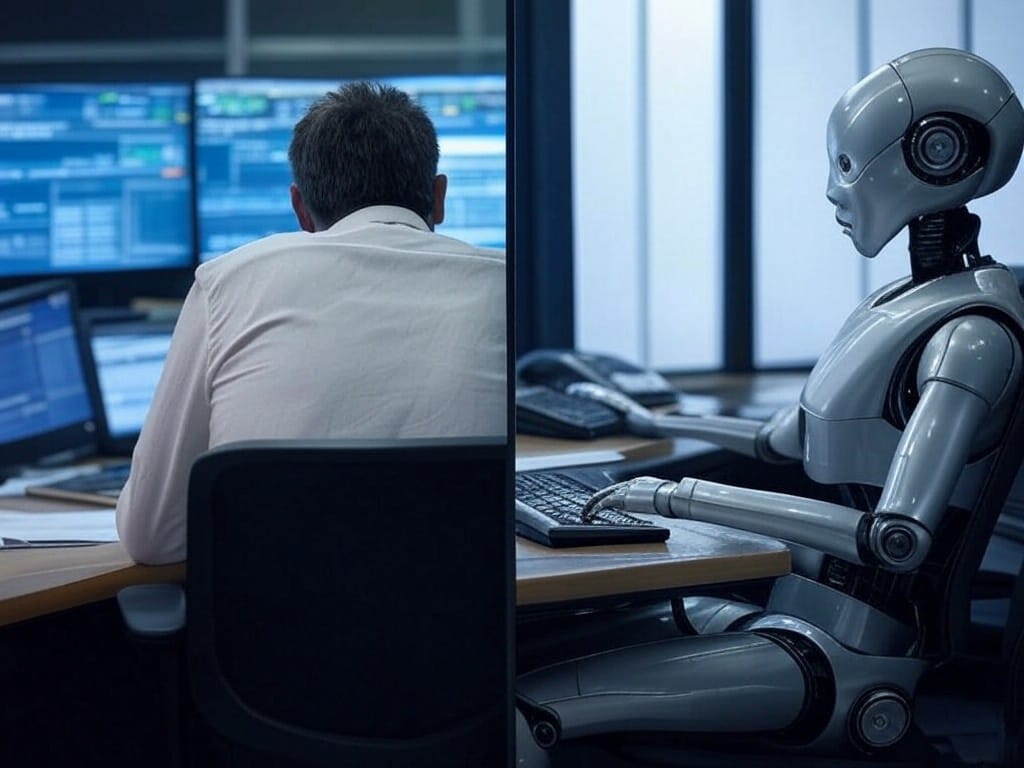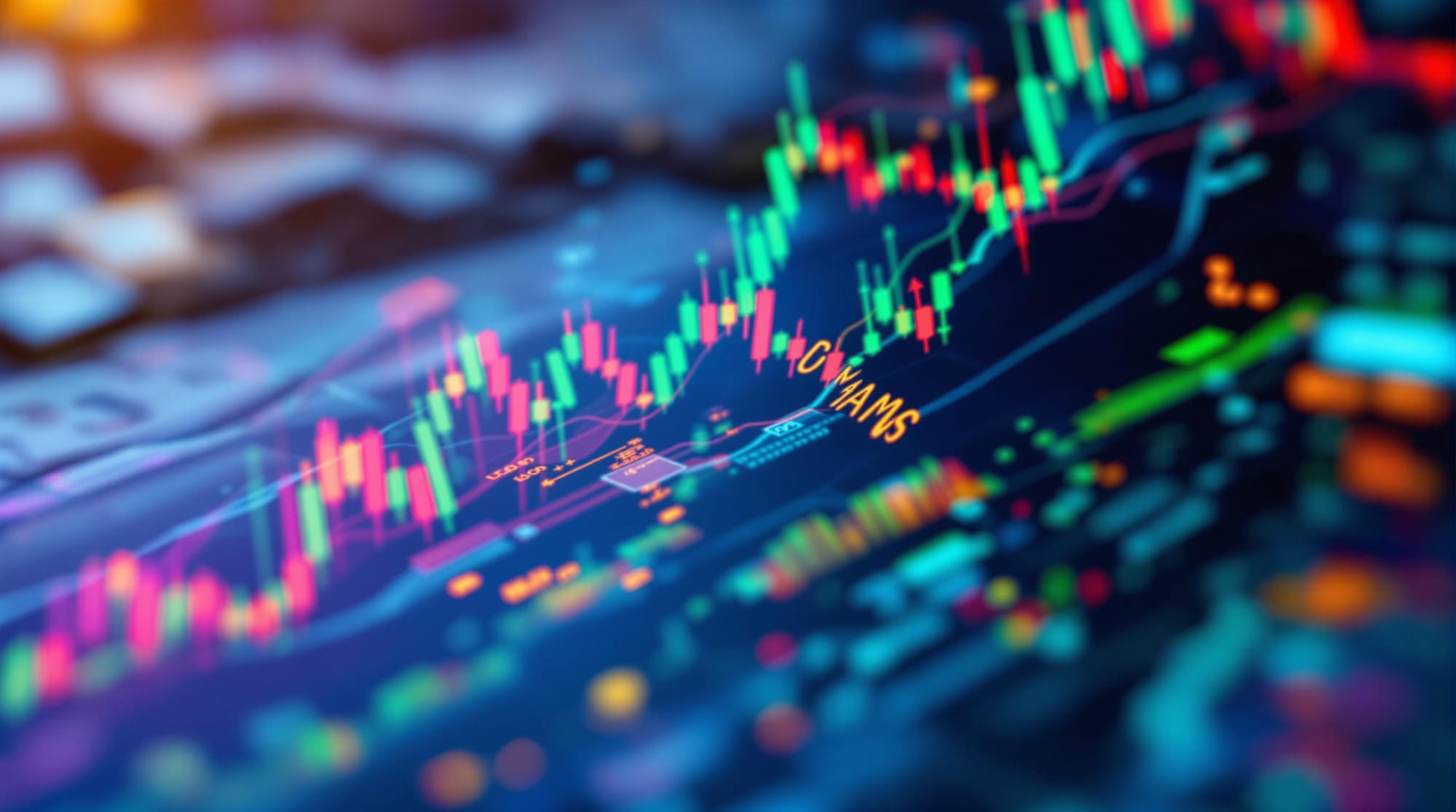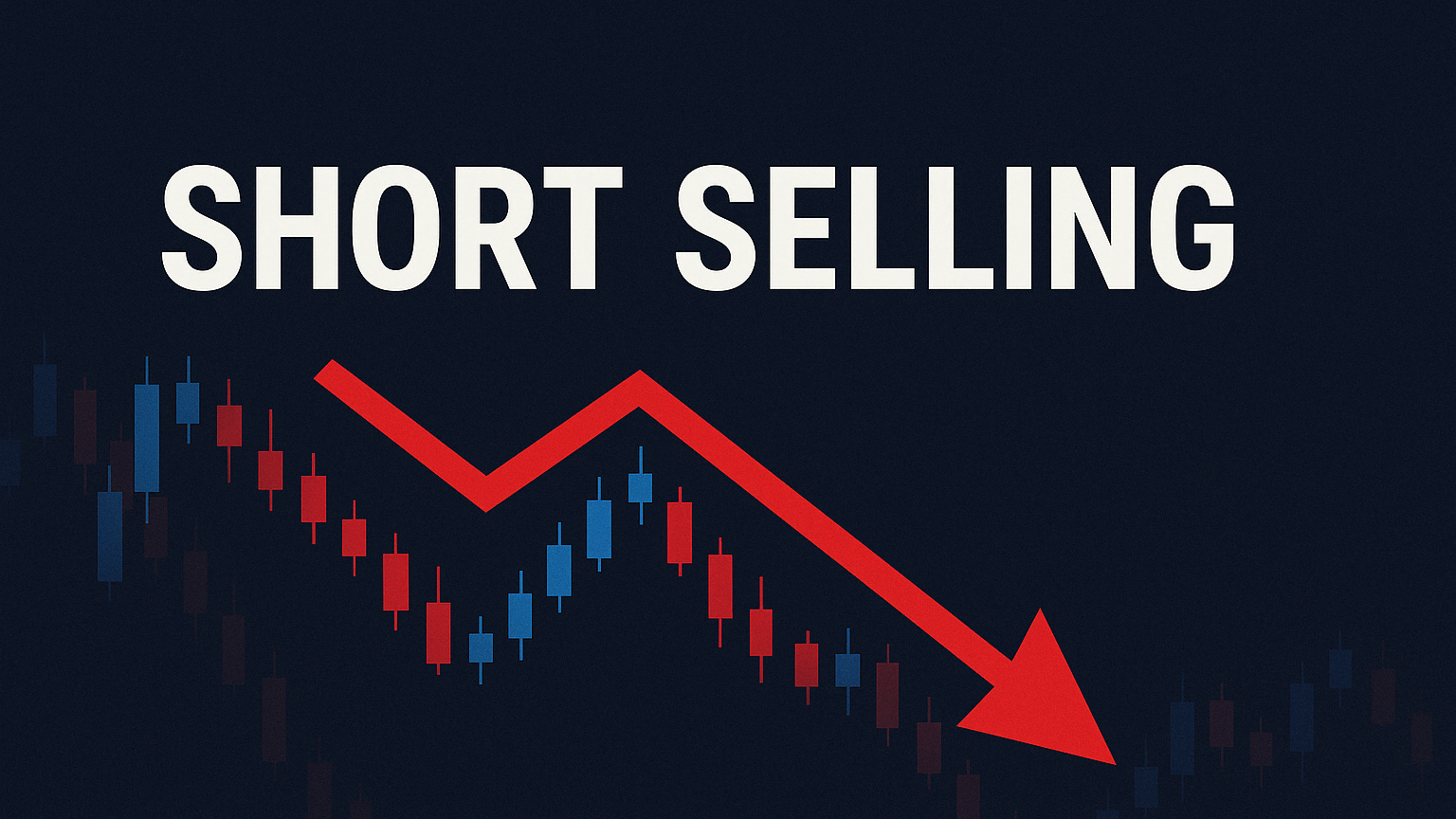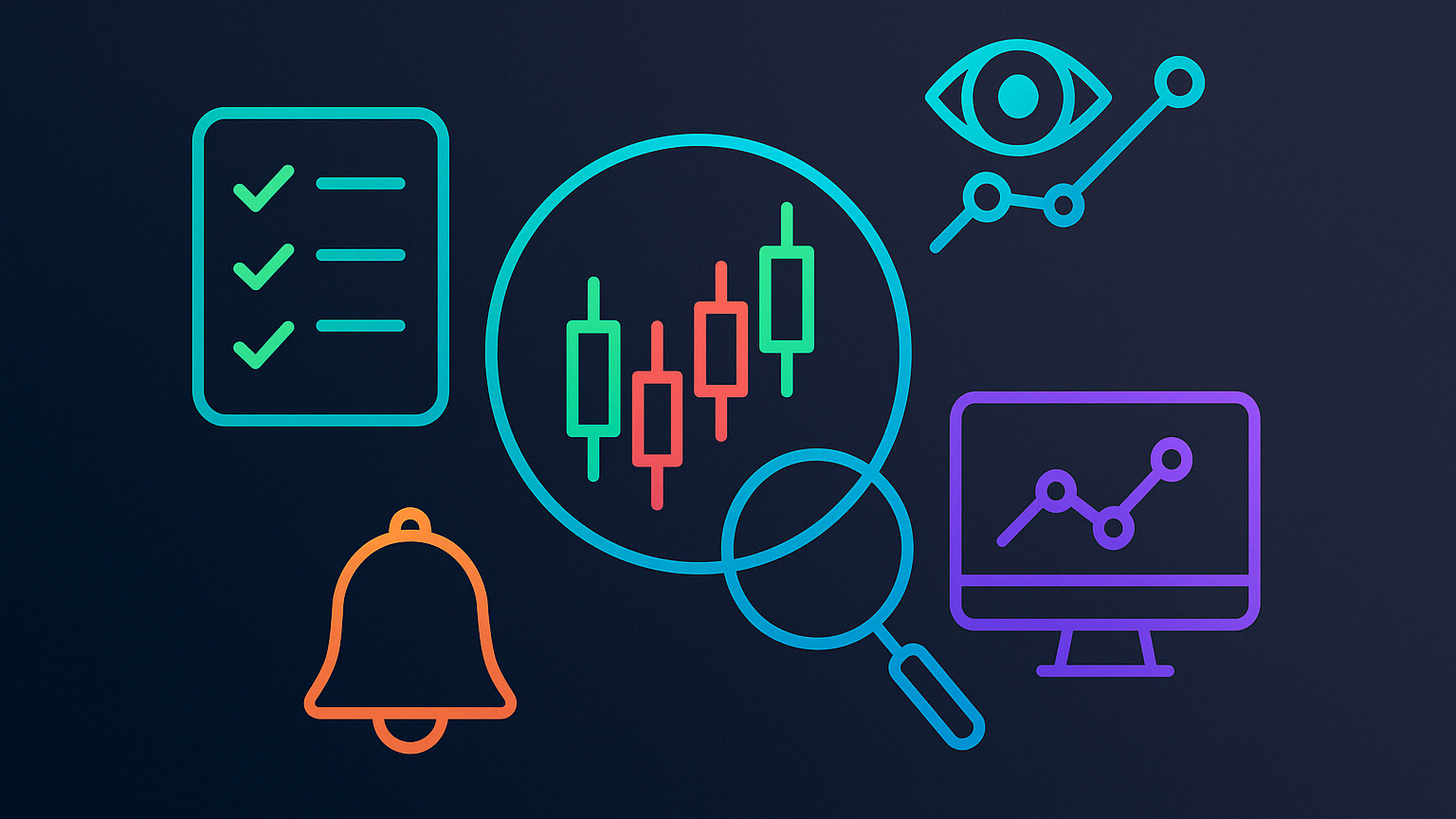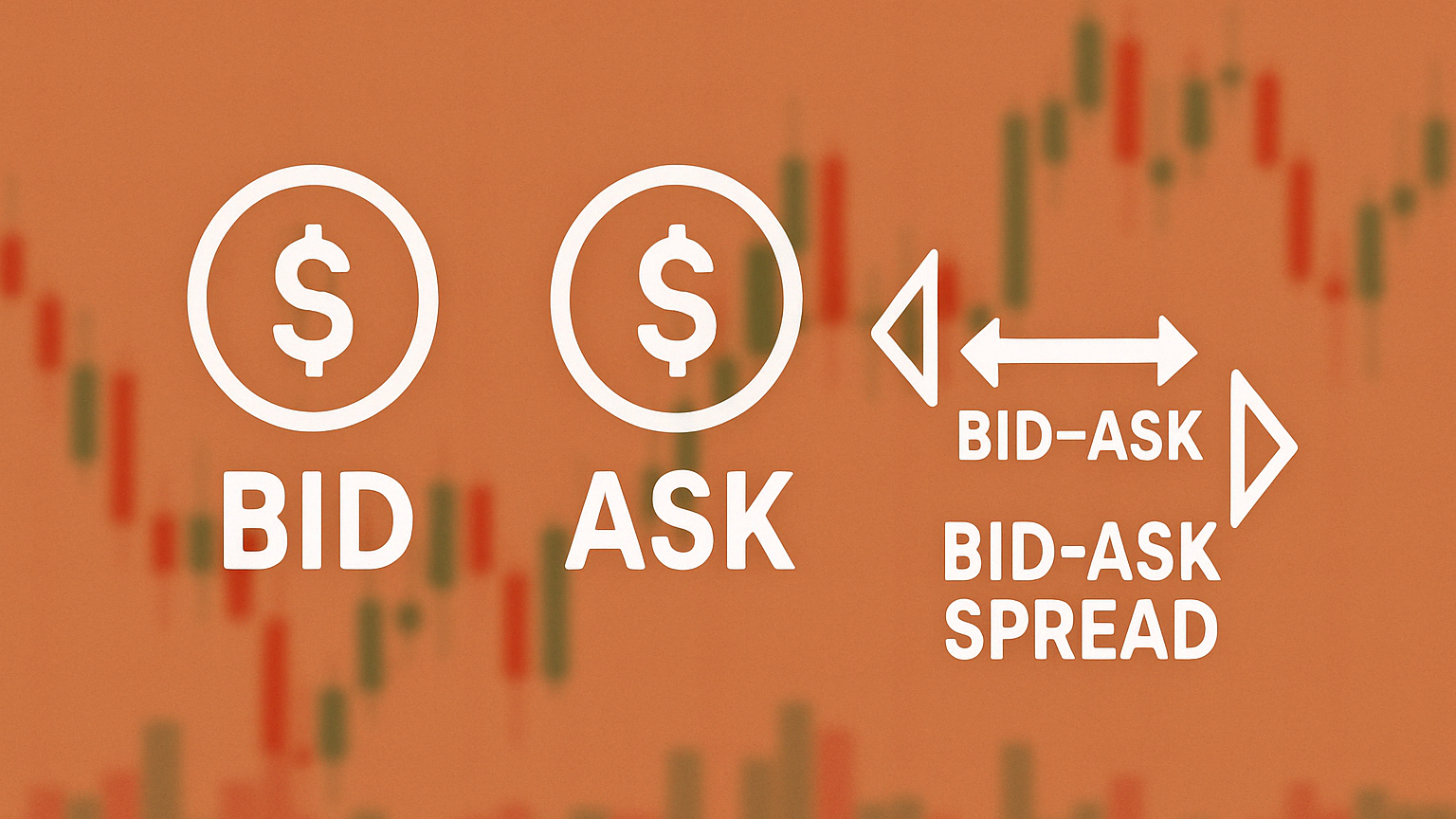Explore the strengths and weaknesses of AI and manual trading methods, and discover how a hybrid approach can enhance trading strategies.
AI trading uses algorithms to analyze large datasets and execute trades in milliseconds. It’s fast, consistent, and great for high-frequency trading but relies heavily on quality data and has high setup costs. Manual trading, driven by human decision-making, excels in interpreting market sentiment and adapting to unpredictable events but is slower and prone to emotional biases.
Quick Comparison
| Aspect | AI Trading | Manual Trading |
|---|---|---|
| Speed | Executes instantly | Slower, limited by human reaction time |
| Data Handling | Processes vast data quickly | Focuses on specific indicators |
| Flexibility | Pre-programmed for scenarios | Adjusts to unexpected events |
| Costs | High upfront costs, low ongoing expenses | Lower setup costs, higher labor demands |
| Errors | Data/programming biases | Emotional and execution errors |
| Best For | High-frequency, data-driven trading | Complex, unpredictable markets |
For most traders, a hybrid approach — combining AI's precision with human insight — offers the best of both worlds.
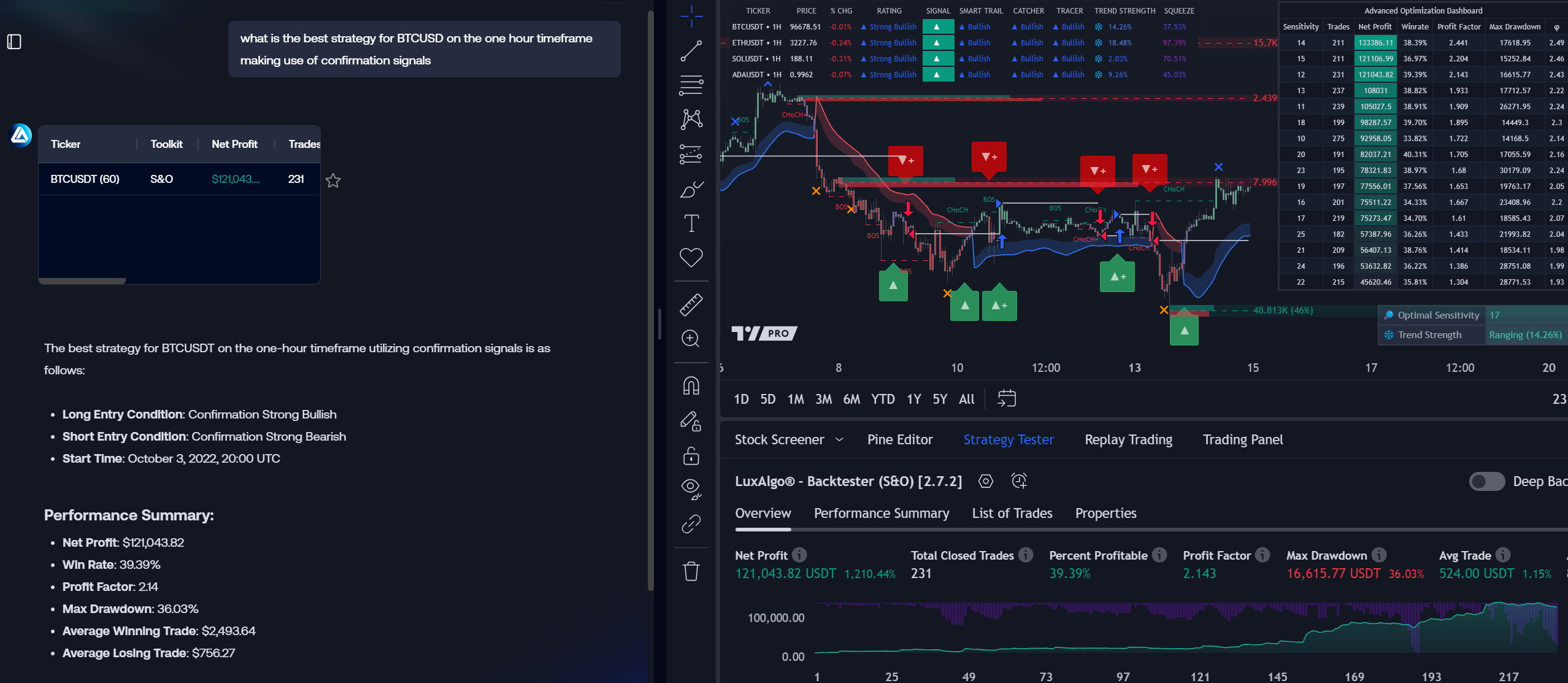
AI-Based Trading: Benefits and Drawbacks
LuxAlgo’s AI Backtesting platform has changed the financial markets by introducing advanced data analysis and automated decision-making. Let’s break down its advantages and challenges to help traders decide how to use AI in their strategies.
Benefits of AI Trading
AI trading systems shine in several areas, giving them an edge over traditional approaches. One standout feature is their ability to analyze large volumes of market data in milliseconds, allowing for near-instant trade execution. This speed is crucial in today’s fast-paced markets.
Another major plus is consistent decision-making. Unlike human traders, who can be influenced by emotions or fatigue, AI operates with steady objectivity. It also learns from new data, adapting to market shifts better than static models.
Drawbacks of AI Trading
However, AI trading isn’t without its challenges. A major issue is its reliance on the quality of historical data. If the data is incomplete, biased, or doesn’t include rare market events, the AI might struggle during unpredictable conditions.
Other hurdles include high setup costs, which can be a barrier for smaller traders, and a limited ability to interpret market sentiment or qualitative factors. Despite these challenges, AI tools have proven effective in many trading scenarios, as outlined below.
How AI Tools Are Used in Trading
AI tools are designed to tackle specific trading challenges while improving strategy efficiency. These systems:
- Analyze market data in real-time to spot opportunities
- Adjust parameters automatically as market conditions shift
- Execute trades with precise timing based on predefined criteria
Manual Trading: Strengths and Limitations
Strengths of Manual Trading
Manual trading shines when it comes to understanding market sentiment and analyzing qualitative factors. Human traders are particularly good at adjusting strategies during unexpected events, like the disruptions caused by the COVID-19 pandemic. This approach is also highly effective for fundamental analysis, where traders evaluate financial reports, industry trends, and broader economic conditions [2].
The ability to pivot strategies based on complex market dynamics gives manual traders an edge in specific situations. By blending quantitative data with qualitative insights, human-driven decisions can often capture a more complete picture [1].
Limitations of Manual Trading
One of the biggest challenges in manual trading is emotional decision-making. Even experienced traders can fall victim to fear or greed, which can lead to poor choices. Additionally, humans are limited in how quickly they can process information and execute trades, especially when compared to AI systems [1][3].
| Limitation | Impact | Mitigation Strategy |
|---|---|---|
| Emotional Bias | Poor decision-making | Establish strict trading rules |
| Processing Speed | Slower data analysis | Leverage supportive tools |
| Time Constraints | Limited market coverage | Focus on specific timeframes |
When Manual Trading Works Best
Manual trading is particularly effective in uncertain or volatile markets, where human intuition and experience can make a big difference. It’s especially useful when interpreting complex geopolitical developments or sudden market changes that don’t align with historical patterns [1][2].
Many traders today use a hybrid approach, blending human expertise with AI tools for data analysis and risk management [1]. This combination allows traders to benefit from both human creativity and the speed of AI, creating a well-rounded strategy for modern markets.
While manual trading has its strengths, comparing it directly with AI-driven methods can offer deeper insights into its role in today's trading environment.
AI vs Manual Trading: A Side-by-Side Comparison
Comparison Table: AI and Manual Trading
Understanding the differences between AI and manual trading can help you make better decisions. Here's a breakdown of the key contrasts:
| Aspect | AI Trading | Manual Trading |
|---|---|---|
| Speed | Executes in milliseconds, processes data instantly | Limited by human reaction time |
| Data Analysis | Handles large datasets at once | Focuses on specific indicators |
| Response | Pre-programmed for specific scenarios | Adjusts flexibly to unexpected events |
| Costs | High setup costs, lower ongoing expenses | Lower setup costs, higher labor costs |
| Errors | Prone to biases in data or programming | Prone to emotional and execution errors |
| Market Fit | Best for fast, high-frequency trading | Better for complex, unpredictable markets |
These distinctions show that your choice should align with your trading goals and style.
Choosing the Right Method for Your Trading Style
Your trading approach depends on your goals, market strategy, and resources. AI shines in speed and data handling, while manual trading is better suited for situations requiring human intuition [1].
A hybrid strategy can blend AI's precision with human expertise, offering a well-rounded solution for today's markets [1]. By leveraging LuxAlgo’s custom alerts system, traders can convert AI backtested strategies into actionable notifications, enabling timely manual execution when optimal conditions arise. With AI, you can improve analysis, manage risks more effectively, and optimize execution — all while keeping human oversight in the loop.
Key considerations for choosing your method include:
- Trading timeframe: Are you focusing on short-term or long-term trades?
- Risk tolerance: How much risk are you comfortable taking?
- Market knowledge: Do you have a deep understanding of market trends?
- Tech skills: Are you proficient with trading platforms and tools?
- Resources: Can you afford the upfront costs of AI systems?
If you're leaning toward AI, prioritize tools that integrate well with your current strategy. Keep in mind that AI trading requires technical know-how and a significant upfront investment. On the other hand, manual trading demands strong market knowledge and the ability to manage emotions effectively [1][2].
Conclusion: Deciding Between AI and Manual Trading
Key Insights
AI and manual trading each bring their own strengths to the table. AI trading systems are unmatched when it comes to handling large volumes of data and executing trades at lightning speed. This makes them particularly useful for high-frequency trading, as they can analyze market patterns around the clock without fatigue, delivering consistent results across various market conditions [1].
On the other hand, manual trading offers something AI currently can't replicate: human intuition. Traders can assess complex market influences like geopolitical developments or shifts in sentiment, which are often too nuanced for AI systems to fully understand [2]. This human touch becomes especially important during unpredictable market events or when navigating emerging trends.
Blending AI and Human Expertise
The most effective trading strategies often combine the best of both worlds. By merging AI's efficiency in data analysis and execution with human judgment, traders can create a well-rounded approach that leverages the strengths of both methods [1]. Many modern trading platforms now integrate AI-driven tools with traditional indicators, allowing traders to make more informed decisions while staying in control.
If you're looking to refine your trading strategy, keep these tips in mind:
- Match your method to your goals and risk tolerance.
- Start with a solid foundation in manual trading to build expertise.
- Incorporate AI tools gradually to boost analysis and execution.
- Stay flexible and ready to adjust as markets evolve.
- Continuously review and fine-tune your approach.
Thriving in today’s markets means staying open to learning and adapting. Whether you rely on AI, manual methods, or a mix of both, the key is to craft a strategy that aligns with your goals while taking full advantage of available tools [1][2].
Now, let’s tackle some frequently asked questions about choosing between AI and manual trading.
FAQs
Is manual trading better than AI trading?
Both manual and AI trading have their own advantages. Manual trading shines when it comes to handling unpredictable situations and qualitative analysis, while AI stands out for its speed, consistency, and ability to process large amounts of data efficiently [1]. Many traders prefer to combine these approaches, using AI for its analytical power and speed while relying on human oversight for strategic decisions [2].
A mixed strategy that blends AI's computational abilities with human judgment can provide a well-rounded approach. This allows traders to benefit from technology while still applying their expertise to make critical decisions [1].
What are the disadvantages of AI trading?
AI trading comes with some challenges that traders should be aware of:
- Technical Issues: Flaws in programming or data interpretation can occur if systems are not properly maintained [3].
- Struggles with Unpredictability: AI may find it difficult to interpret complex, unexpected market influences such as geopolitical events or sudden changes in sentiment [1].
- High Costs: Developing and maintaining AI systems requires a significant investment, both upfront and for ongoing monitoring [3].
Recognizing these challenges helps traders make smarter choices when incorporating AI into their strategies. While AI offers impressive capabilities, its best use is often as part of a broader trading strategy that includes human oversight and strong risk management practices [1][2].


